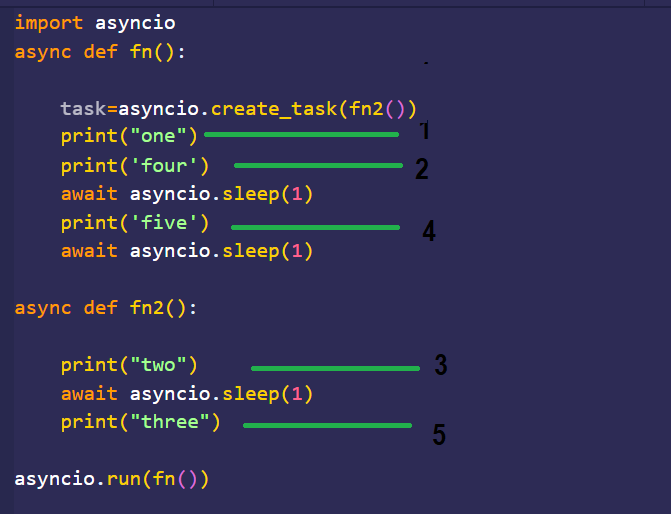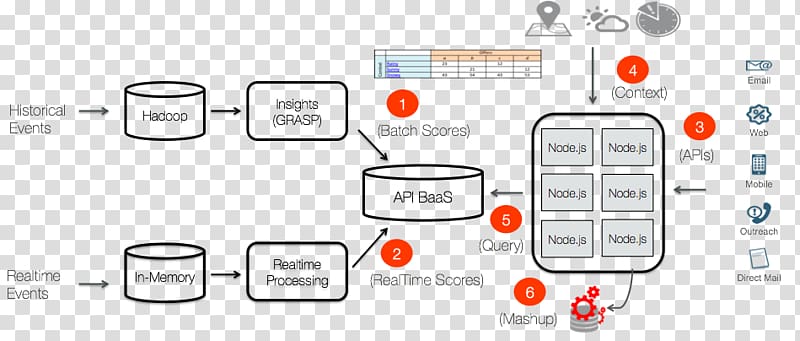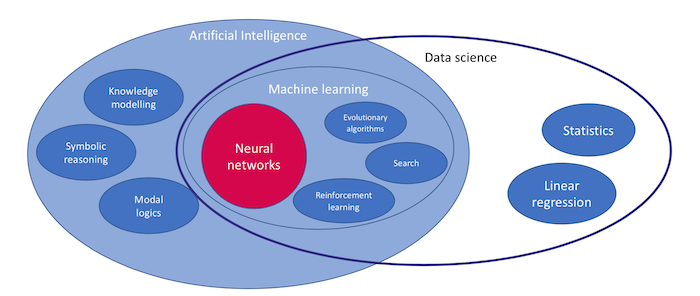
Advanced Python Async Programming: Complete Guide to Concurrency
Python’s asynchronous programming capabilities have revolutionized how developers build scalable applications. This comprehensive guide explores advanced asyncio patterns for building high-performance concurrent applications.
Table of Contents
Toggle
Understanding AsyncIO FundamentalsAdvanced Concurrency PatternsProducer-Consumer PatternError Handling and Resilience
Understanding AsyncIO Fundamentals
python asyncio event loop – Python Event Loop
AsyncIO provides a foundation for writing concurrent code using the async/await syntax. Unlike traditional threading, asyncio uses a single-threaded event loop to manage concurrent operations.
import asyncio
import aiohttp
import time
from typing import List, Dict
async def fetch_data(session, url: str) -> Dict:
async with session.get(url) as response:
return {
‘url’: url,
‘status’: response.status,
‘data’: await response.text()
}
async def process_urls(urls: List[str]) -> List[Dict]:
async with aiohttp.ClientSession() as session:
tasks = [fetch_data(session, url) for url in urls]
results = await asyncio.gather(*tasks, return_exceptions=True)
return results
# Usage example
async def main():
urls = [
‘https://httpbin.org/delay/1’,
‘https://httpbin.org/delay/2’,
‘https://httpbin.org/json’
]

start_time = time.time()
results = await process_urls(urls)
execution_time = time.time() – start_time
print(f”Processed {len(results)} URLs in {execution_time:.2f} seconds”)
if __name__ == “__main__”:
asyncio.run(main())
Advanced Concurrency Patterns
Professional asyncio applications require sophisticated patterns for handling complex workflows, error management, and resource optimization.
Producer-Consumer Pattern
The producer-consumer pattern is essential for managing data flow in async applications:
asyncio logo – Asynchronous programming
import asyncio
import random
from asyncio import Queue
async def producer(queue: Queue, producer_id: int):
for i in range(5):
item = f”item-{producer_id}-{i}”
await queue.put(item)
print(f”Producer {producer_id} created {item}”)
await asyncio.sleep(random.uniform(0.1, 0.5))

await queue.put(None) # Signal completion
async def consumer(queue: Queue, consumer_id: int):
while True:
item = await queue.get()
if item is None:
await queue.put(None) # Re-queue for other consumers
break
print(f”Consumer {consumer_id} processing {item}”)
await asyncio.sleep(random.uniform(0.2, 0.8))
queue.task_done()
async def run_producer_consumer():
queue = asyncio.Queue(maxsize=10)
producers = [producer(queue, i) for i in range(2)]
consumers = [consumer(queue, i) for i in range(3)]
await asyncio.gather(*producers, *consumers)
asyncio.run(run_producer_consumer())

Error Handling and Resilience
Production asyncio applications must handle failures gracefully with proper retry mechanisms and circuit breakers:
import asyncio
import logging
from typing import Callable, Any
from functools import wraps
class CircuitBreaker:
def __init__(self, failure_threshold: int = 5, timeout: int = 60):
self.failure_threshold = failure_threshold
self.timeout = timeout
self.failure_count = 0
self.last_failure_time = None
self.state = ‘closed’
async def call(self, func: Callable, *args, **kwargs) -> Any:
if self.state == ‘open’:
if time.time() – self.last_failure_time = self.failure_threshold:
self.state = ‘open’
raise e
async def resilient_operation(data):
circuit_breaker = CircuitBreaker(failure_threshold=3)
for attempt in range(3):
try:
return await circuit_breaker.call(risky_operation, data)
except Exception as e:
if attempt == 2: # Last attempt
logging.error(f”Operation failed after 3 attempts: {e}”)
raise
wait_time = 2 ** attempt
await asyncio.sleep(wait_time)
async def risky_operation(data):
# Simulate operation that might fail
if random.random() < 0.3:
raise Exception("Operation failed")
return f"Processed: {data}"
By mastering these asyncio patterns, Python developers can build highly scalable applications that efficiently handle thousands of concurrent operations while maintaining code clarity and reliability.



